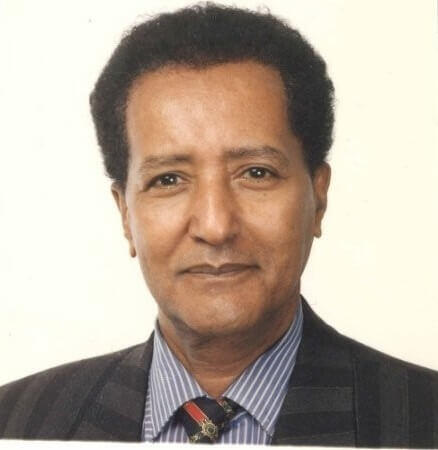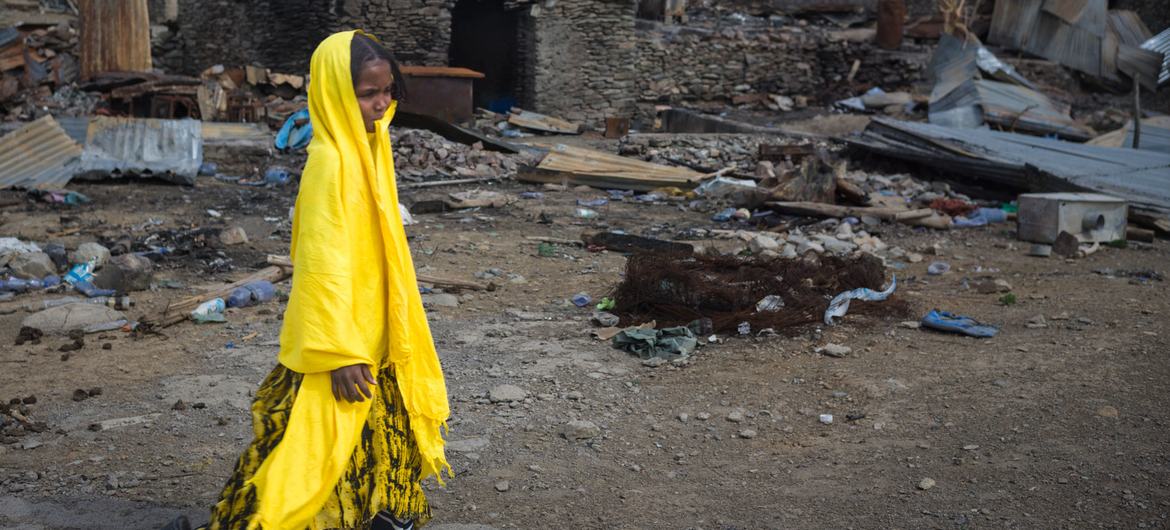Tsegaye Tegenu, PhD
2024-09-19
A new book titled Nexus: A Brief History of Information Networks from the Stone Age to AI by Yuval Noah Harari has recently been published. The book explores how information networks have shaped human history.

In an interview about the book, Harari remarked, “Information isn’t truth. Most information in the world is not truth because truth is a costly and rare kind of information. The naïve belief that if we flood the world with more and more information, the truth will rise to the top is mistaken. In fact, it will sink to the bottom. Writing a true story requires extensive research, time, energy, and money. In contrast, fiction, delusions, and conspiracy theories can be written without such effort.”
Speaking on delusions, Harari explained that people in long-term situations of imprisonment, grief, or poverty often rely on delusions to get through each day. He described delusions and self-delusion as protective shields in times of emergency but cautioned, “You don’t need to live your entire life like that.” He emphasized the importance of objective truth.
Today, fiction, delusions, and conspiracy theories are increasingly used to create meaning and help people cope with the uncertainty facing society. They provide imaginative stories, personal coping mechanisms, or strange explanations that help the public make sense of their challenges.
While the perceptions, biases, and viewpoints shaped by delusions and conspiracy theories may offer temporary relief, underlying facts and realities remain constant. The key, Harari argues, is to ground decision-making and analysis in that reality.
What is the reality of 130 million people in Ethiopia
The first reality refers to recurrent problems existing in the country. These problems persist or resurface frequently in the past two decades. They include inflation, unemployment, under employment, informal economy, currency volatility, economic recession, balance of payments problems, financial crises, public debt crisis, low productivity growth, high unemployment rates, income inequality, economic vulnerability, slow industrialization, regional disparities, poor innovation and competitiveness, environmental degradation, water shortages, food insecurity, energy crises, economic instability, social unrest, low health coverage, poor living conditions, food insecurity, low educational attainment, economic vulnerability, social exclusion and marginalization, intergenerational poverty, economic disparities, migration patterns, infrastructure gaps, social inequities, environmental degradation, political discontent, educational disparities, inefficiency and poor service delivery, low public trust and confidence, economic stagnation, social inequities, political conflicts, lack of accountability, poor crisis response, legal and regulatory failures.
The second is systemic failures, which occur when the underlying structure, design, or functioning of an entire system—be it social, economic, political, or institutional—is flawed or dysfunctional. This type of failure reflects deep-rooted issues in how a system operates as a whole, leading to its inability to meet needs or achieve goals effectively.
My study on multidimensional effects of population growth (economic, social, environmental, urban, and governance dimensions) illustrates the interconnected nature and feedback loops of the recurrent problems. For example, economic strain can exacerbate social issues, and environmental degradation can influence economic stability. Poor governance can worsen infrastructure strain, which in turn can heighten social and economic challenges.
Systemic failure can stem from institutional dysfunction, poor policy design and implementation, and lack of visionary planning. Poor governance, lack of accountability, and bureaucratic inefficiencies can contribute to both systemic failures and recurrent problems. Corruption can undermine both the entire system (causing systemic failure) and lead to ongoing problems in specific sectors. Inadequate or poorly designed policies can create both systemic failures and recurrent problems. A flawed policy framework may result in a system’s inability to address key issues. A lack of adequate resources (financial, human, or infrastructural) can lead to systemic underperformance and cause repeated issues.
The realities of recurrent problems and systemic failures do not change just because they are perceived differently through fiction, delusions, and conspiracy theories. The reality forced us to be objective and address the root causes by strengthening institutions, improving policy processes, and developing forward-looking strategies to ensure that backlogs are managed and future shortages are effectively planned for. This comprehensive approach helps to prevent systemic failure and ensures that essential needs are met sustainably.
















